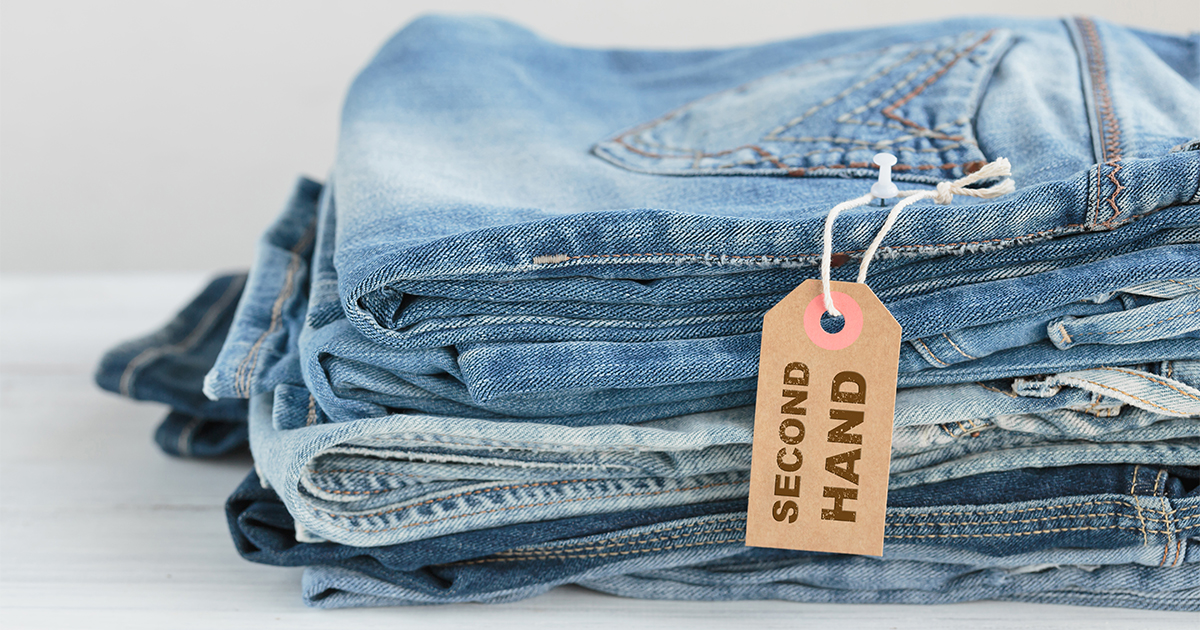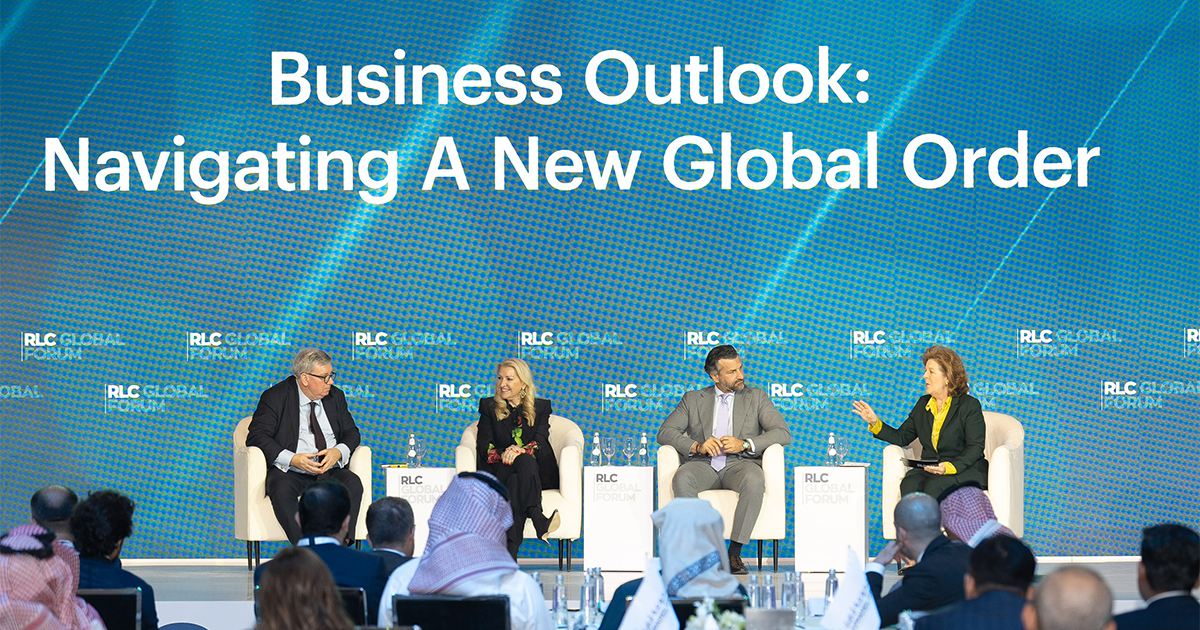In a world where yesterday’s fashion faux pas become today’s vintage treasures, the secondhand apparel market is gaining serious momentum. In fact, according to ThredUp’s 2025 Resale Report, the global secondhand fashion market is projected to reach a staggering $367 billion by 2029, boasting a compound annual growth rate (CAGR) of 10% and signaling a tectonic shift in how we perceive and consume fashion.
Beating inflation in style
Economic uncertainty has always had a way of reshuffling consumer priorities. After all, when wallets tighten, spending habits shift. And right now, the shifting tides of inflation, tariffs, and unpredictable trade policies are pushing more shoppers toward secondhand fashion. ThredUp suggests that 59% of consumers say they’d opt for resale if new clothing prices spike due to tariffs. Among Millennials, that number jumps to 69%—proof that this generation, often reduced to memes about their love for overpriced lattes and avocado toast, is in fact leading the charge in making smarter, more sustainable shopping choices.
Saving money is just one piece of the puzzle. There’s a growing consciousness around value, both in terms of financial savings and ethical purchasing. Why pay full price for a fast-fashion item when you can snag a quality, pre-loved designer piece for less? The old stigma of secondhand as a “last resort” is fading, replaced by the realization that thrifted fashion is not only savvy but also stylish and sustainable.
Riding the wave of the resale boom
The fashion industry’s pivot toward sustainability has led to a significant embrace of resale models, reflecting a broader shift in consumer and corporate behavior. According to the Resale Report, a notable 94% of retail executives acknowledge that their customers are already participating in resale—a 4% increase from the previous year.
This growing consumer engagement has prompted brands to integrate resale into their business strategies. In 2024, 32% of secondhand shoppers purchased directly from a brand, with this figure rising to 47% among Gen Z and Millennial consumers. This trend underscores a symbiotic relationship where both consumers and brands benefit within a circular fashion economy.
As resale continues to evolve, the line between “new” and “pre-owned” is blurring. The integration of resale models offers retailers a competitive edge, enabling them to attract new customers and foster loyalty, especially as consumers increasingly prioritize environmental responsibility and value
Traditional retailers are now competing with their own secondhand marketplaces, and for many consumers, the decision to shop resale is less about price and more about access, sustainability, and a more personalized, treasure-hunt shopping experience.
From hashtags to high-tech
The resale revolution isn’t just happening in stores. Instead, it’s thriving online, where social media and artificial intelligence (AI) are transforming how shoppers discover, buy, and showcase secondhand fashion. In an era where a curated Instagram feed can drive purchasing decisions as much as a store window display, the intersection of technology and thrift has never been more powerful.
Social media has turned into a global secondhand marketplace, where scrolling is the new window-shopping. The numbers don’t lie: 39% of younger shoppers have purchased secondhand apparel through social commerce platforms in the past year. But beyond the transaction, resale has become a status symbol—50% of Gen Z and Millennial secondhand shoppers admit to buying items specifically to showcase on social media. When your outfit is unique, it racks up more likes, more engagement, and more influence.
As social media drives demand for curated, one-of-a-kind pieces, artificial intelligence is stepping in to make finding them easier. Nearly 48% of consumers believe AI-powered search, personalization, and discovery are making secondhand shopping as seamless as buying new. Retailers are catching on fast. 78% have already made significant investments in AI, and 58% plan to roll out AI-powered tools within the next year.
Make no mistake. Together, social media and AI are converging to transform the resale industry from a niche market into a mainstream powerhouse.
The road ahead
The fusion of social commerce, AI innovations, and proactive brand strategies is propelling the secondhand market into a new era. It’s not merely about thriftiness; it’s a conscious shift towards sustainability, individuality, and budgeting.
As we witness this metamorphosis, one thing is clear: the boom in the secondhand fashion market signals a fundamental realignment of consumer values and industry practices. Whether driven by economic necessity, environmental concerns, or the thrill of the hunt, secondhand apparel is here to stay, reshaping the fabric of the fashion industry one pre-loved garment at a time.







